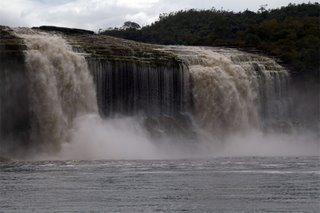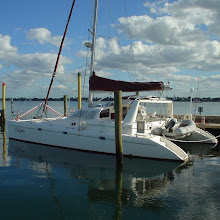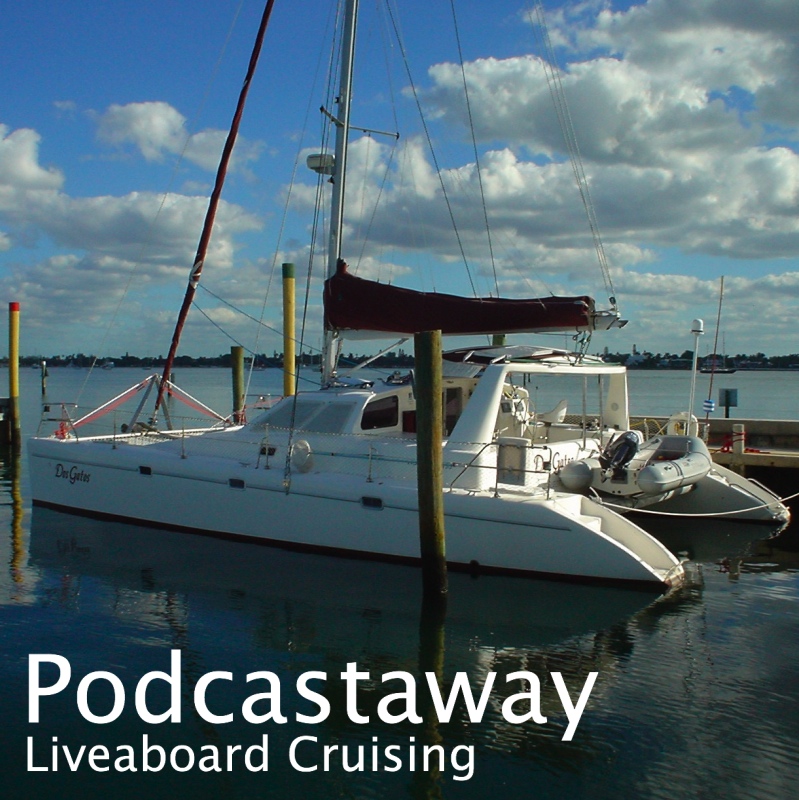Trip to Canaima National Park
 We're just back from a trip to see Canaima National Park and Angel Falls -- the highest waterfall in the world - 1000 meters. This trip was originally scheduled for last Sunday but late Saturday the tour operator changed our pickup time from 8:30am to 6:15am. We didn't get the message and missed the trip. But we stayed around a few more days and were picked up today at 6:30am.
We're just back from a trip to see Canaima National Park and Angel Falls -- the highest waterfall in the world - 1000 meters. This trip was originally scheduled for last Sunday but late Saturday the tour operator changed our pickup time from 8:30am to 6:15am. We didn't get the message and missed the trip. But we stayed around a few more days and were picked up today at 6:30am.Canaima is a huge national park in the southeast of Venezuela, close to the Brazilian border. Some major topographical features we saw from the air are Tepuis -- large flat-topped mountains steep-sided and covered in rain forest like "The Lost World". Angel Falls drops over the side of one of these. Angel Falls itself is a multi-day hike. We opted for a day trip to Canaima which included a fly over Angel Falls.
We flew from Margarita in a twin-turboprop Jetstream 31 in a group of 18. When we reached Canaima, the plane bumped around in the cloud over the mountains for a while before the pilot announced that conditions didn't favor a fly by Angel Falls. We landed.
Our visit to Canaima included a powered-canoe trip across Lake Canaima, past 5 beautiful waterfalls, a hike to a river beach for a swim, and a hike that took us under a small waterfall to get a refreshing shower. After lunch, we visited the indigenous craft store and then went back to the airstrip.
After takeoff, our pilot was able to give us a view of Angel Falls by flying down inside "Devil's Valley". Then we flew the 90 minutes back to Margarita.



 (Atom)
(Atom)